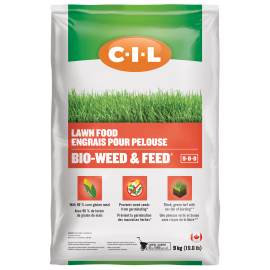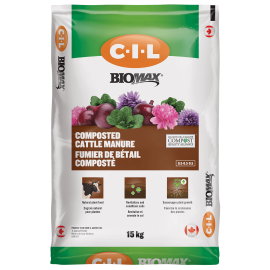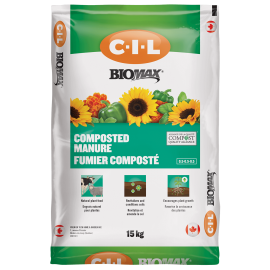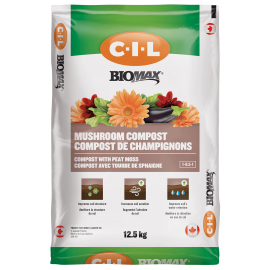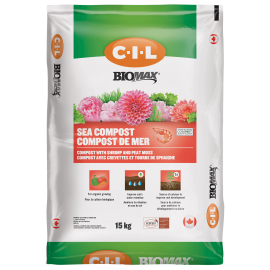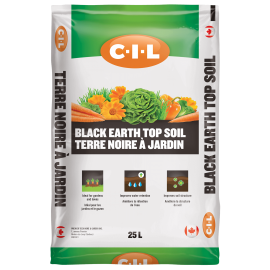How to Prevent Diseases in Your Lawn
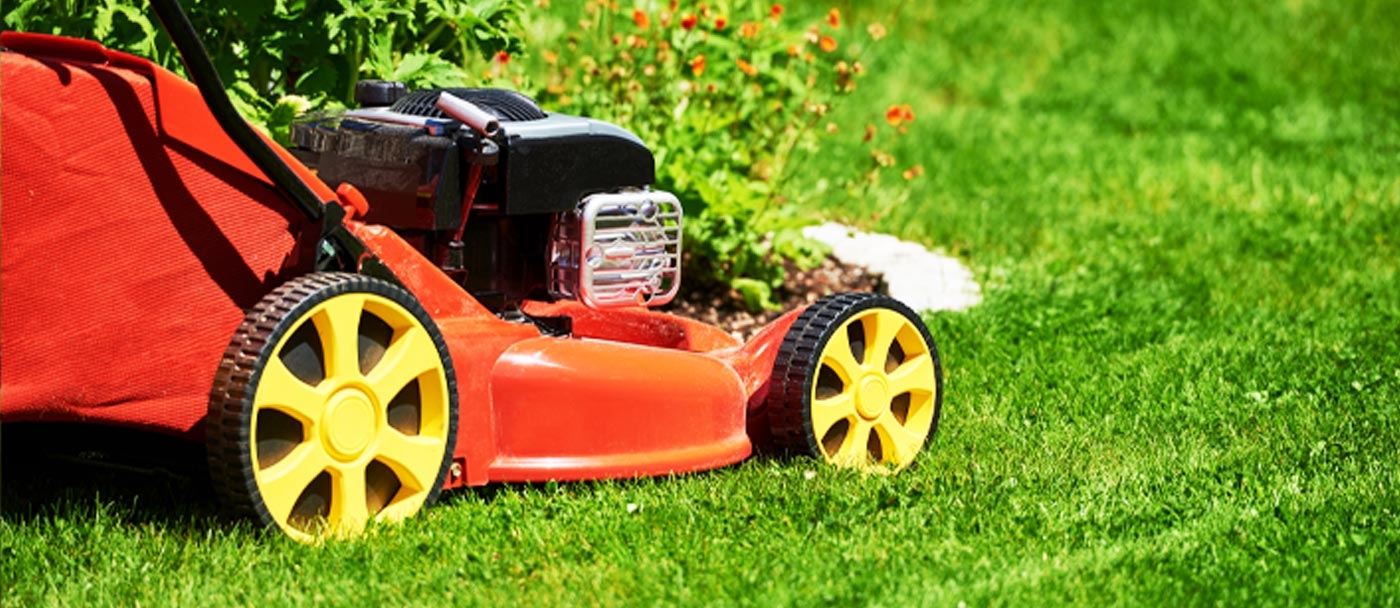
The surest way to prevent lawn diseases is to keep the grass in good condition. Proper mowing, feeding, and watering will go a long way toward inhibiting the development of disease, even if disease pathogens are present in the soil.
Keeping your lawn healthy enough to prevent disease isn’t difficult, but it requires careful attention throughout the year.
How to Prevent Lawn Diseases
- Plant grass suitable for Canadian climates, such as a premium grass seed enhanced with nutrients.
- Feed your lawn properly. Grass needs nutrients to thrive, but too much fertilizer can promote weak growth that is more susceptible to disease. Most lawns benefit from feeding twice per year; however, a lawn stressed by kids, dogs or frequent foot traffic may need to be fed as many as three or four times.
- Water your lawn early in the morning so the grass has time to dry before temperatures drop in the evening. Grass that remains wet through the night is much more prone to fungus and other diseases. Avoid watering during the afternoon, as a great deal of moisture is lost through evaporation.
- Avoid frequent watering, which causes grass to develop short, weak roots. Water once or twice per week, applying a total of about 2.5 cm. Don’t overwater, as waterlogged soil restricts air circulation, thus promoting disease.
- Keep your mower blades sharp; dull blades will tear and weaken the grass.
- Don’t scalp your lawn because grass mown too short is more susceptible to disease. Remove no more than one-third of the growth at each mowing.
- If you think your lawn may have a disease, rake and dispose of the clippings carefully. On the other hand, if the grass is healthy, let the clippings fall on the lawn. As clippings decompose, they naturally enrich the soil.
- Use chemicals only when absolutely necessary, as fungicides, herbicides, and pesticides weaken grass and kill beneficial insects that keep harmful pests in check. Overuse of chemicals is a waste of money and is harmful to the environment.
- A thin layer of thatch is a good thing, promoting healthy lawn by insulating the roots, preventing moisture loss, and reducing soil compaction. However, too much can restrict the flow of air and water, thus promoting disease. Dethatch your lawn whenever thatch reaches a thickness of about 2 cm.
